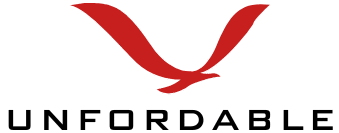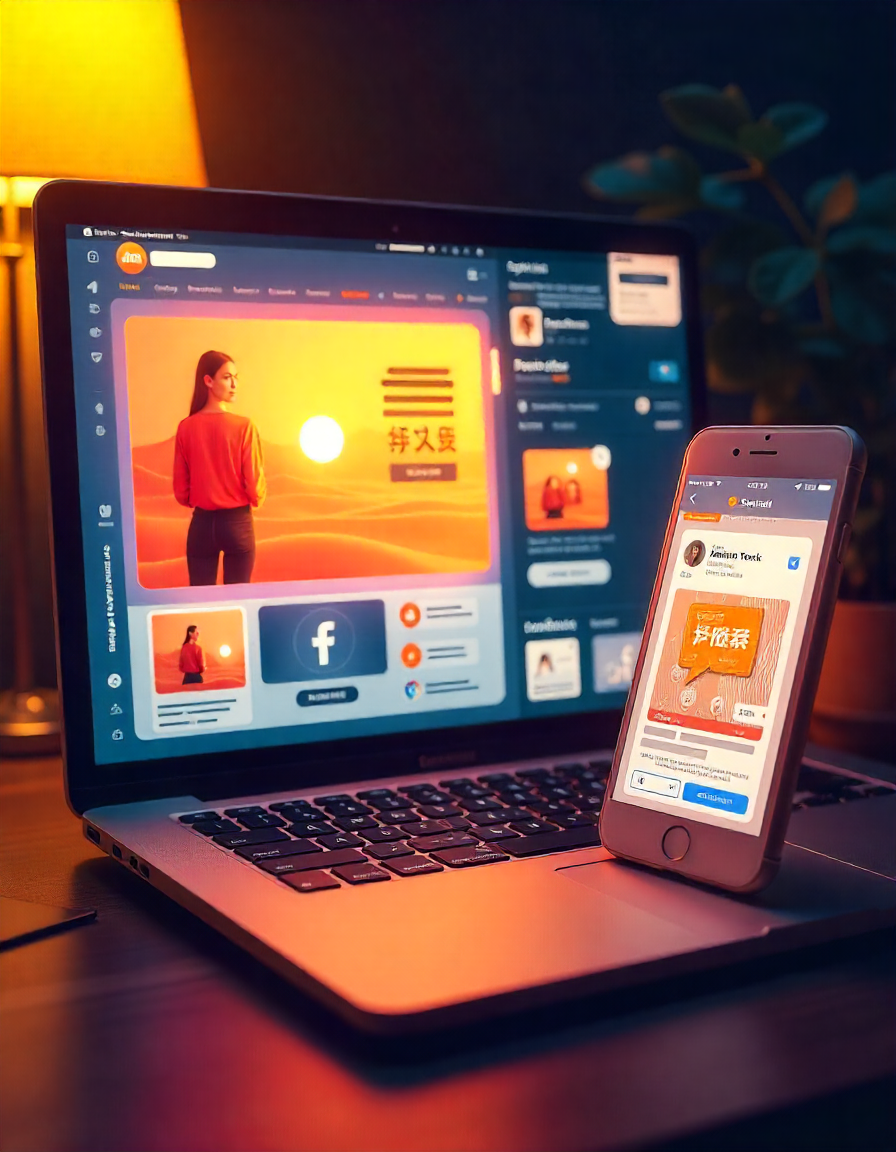In the ever-changing digital landscape, staying relevant and capturing your audience’s attention has become more challenging than ever. With the proliferation of content across websites, blogs, social media, and other online platforms, standing out requires a strategic approach. One such approach that has gained significant traction in recent years is “featured content.” This marketing tactic, when executed properly, has the potential to captivate audiences, boost engagement, and increase conversion rates.
In this article, we’ll explore the concept of featured content, how it works, and how businesses and creators can leverage it to achieve their goals. Whether you’re a content creator, marketer, or business owner, understanding the value of featured content is essential for driving growth in today’s digital world.
1. What is Featured Content?
Featured content refers to a piece of material that is specifically highlighted or emphasized to attract attention. In the context of digital marketing, featured content typically appears in a prominent position on websites, social media platforms, or email newsletters. This could be a blog post, a product, a service, or even a user testimonial.
The key characteristic of featured content is its visibility. It is designed to stand out from the rest of the content, often placed in prime spots like homepage banners, pop-ups, or at the top of a webpage. Featured content is usually crafted to align with current trends, audience interests, or business objectives, with the ultimate goal of driving user engagement or conversion.
2. Why Is Featured Content Important?
Featured content is a powerful tool that can influence user behavior and enhance online presence. There are several reasons why it has become a go-to strategy for businesses and content creators:
-
Increased Visibility: Featured content draws attention by being placed in high-traffic areas of websites or on top of social media feeds. It serves as a focal point, making sure that it doesn’t get lost in the noise of other content.
-
Targeted Messaging: Featuring a specific product, service, or blog post allows you to deliver tailored messages that resonate with your audience. It’s a way to focus on what’s important to your users at a given moment.
-
Enhanced Engagement: By strategically showcasing the right content, businesses can create a sense of urgency or excitement around a new product launch, special offer, or limited-time promotion. This often leads to higher click-through rates and more conversions.
-
Build Authority and Trust: Featuring content that is informative, valuable, or customer-focused can help establish your brand as an authority in your field. It also builds trust with your audience when they see that you’re offering them something of value.
3. Types of Featured Content
Featured content can take many forms, depending on the goals of the business or individual. Here are some common types of featured content that can be used effectively in digital marketing:
-
Blog Posts and Articles: One of the most common types of featured content is informative blog posts or articles that answer questions, provide insights, or solve problems. These posts should be relevant to the audience’s needs and interests.
-
Product or Service Highlights: Showcasing a new product or service through featured content can attract attention and drive sales. This type of content typically includes images, descriptions, and call-to-action buttons for easy purchasing.
-
Videos: Video content is one of the most engaging types of featured content. Videos can be used to showcase a product demo, provide an overview of a service, or even offer a behind-the-scenes look at your brand. Video is a great way to connect with audiences on a deeper level.
-
Customer Testimonials or Case Studies: Featuring positive customer experiences or success stories can help build social proof and credibility. People are more likely to trust a brand when they see that others have had positive experiences with it.
-
Infographics: Visually appealing content like infographics simplifies complex information into an easy-to-understand format. Featuring an infographic can boost engagement and encourage users to share the content on social media.
-
Interactive Content: Quizzes, polls, and surveys are interactive forms of featured content that can engage users in real-time. This type of content is particularly effective in driving engagement and collecting valuable customer data.
4. How to Create Effective Featured Content
Creating effective featured content requires a mix of creativity, strategy, and understanding your audience. Here are some tips for creating content that stands out:
-
Know Your Audience: Understanding who your audience is and what they value is the first step in creating content that resonates with them. Use data-driven insights from your website, social media, and email campaigns to tailor content to your audience’s preferences.
-
Create Compelling Headlines: The headline of your featured content is the first thing your audience will see, so it’s crucial to make it attention-grabbing. Use action-oriented language, highlight the value of the content, and create curiosity.
-
Use High-Quality Visuals: Visuals play a significant role in featured content. High-quality images, videos, and graphics can capture attention and keep users engaged. Make sure that the visuals you use align with your brand’s identity and messaging.
-
Craft a Strong Call-to-Action (CTA): Every piece of featured content should have a clear goal, whether it’s to drive traffic, generate leads, or make a sale. A strong call-to-action directs the user on what to do next and encourages them to take action.
-
Keep It Relevant: Featured content should align with your business goals and the interests of your target audience. Whether you’re promoting a seasonal sale, showcasing a new product, or highlighting industry trends, make sure the content is timely and relevant.
-
Optimize for Mobile: With the increasing use of mobile devices, it’s essential to ensure that your featured content looks great on all screen sizes. A seamless mobile experience will ensure that users engage with your content, no matter where they are.
5. Where to Place Featured Content
The placement of your featured content is just as important as the content itself. Here are some strategic locations where you can place your featured content to maximize visibility and engagement:
-
Homepage: Your website’s homepage is one of the most visited pages, making it an ideal location for featuring content. Whether it’s a banner showcasing a special offer or a product feature, your homepage is a great place to capture attention.
-
Social Media Feeds: Social media platforms like Instagram, Facebook, and Twitter offer prime real estate for featured content. Pinning a post to the top of your feed, or using paid advertising to feature content, helps ensure that it’s seen by a wide audience.
-
Email Newsletters: Featuring content in email newsletters is a great way to engage your existing audience. Whether it’s a product update or a special offer, featuring content in emails encourages subscribers to act.
-
Pop-ups and Banners: On-site pop-ups and banners can highlight content that requires immediate attention, such as limited-time offers or new arrivals. However, it’s important not to overuse them, as they can become intrusive.
-
Blog Sidebar: A sidebar on your blog can be used to feature related articles or important content that you want your readers to engage with after reading a post.
6. Tracking and Analyzing Featured Content Performance
Once your featured content is live, it’s important to track its performance to understand what’s working and what needs improvement. Here’s how to evaluate the success of your featured content:
-
Traffic and Engagement: Use analytics tools like Google Analytics or social media insights to monitor how much traffic your featured content is generating. Track metrics like page views, clicks, and social shares to assess engagement.
-
Conversion Rate: The ultimate goal of featured content is to drive conversions, whether it’s a sale, sign-up, or download. Monitor conversion rates to see if the content is meeting your objectives.
-
A/B Testing: To optimize featured content, try A/B testing different versions of your content to see which performs better. Test elements like headlines, CTAs, and visuals to refine your approach over time.
7. Conclusion
Featured content is a powerful tool in the digital marketing arsenal. By strategically highlighting the right content in prime locations, businesses and creators can capture attention, engage audiences, and drive conversions. Whether you’re looking to promote a new product, share valuable insights, or boost brand awareness, featured content can help you achieve your marketing goals and stand out in a crowded digital landscape.
In today’s competitive environment, creating impactful, visually appealing, and relevant content is crucial. By following the best practices outlined in this article, you can maximize the potential of your featured content and deliver value to your audience.


